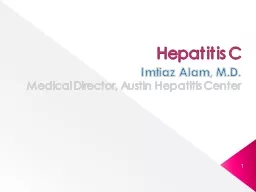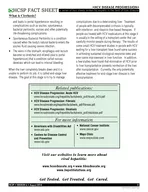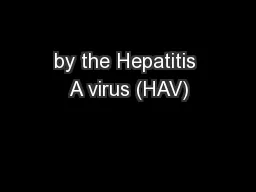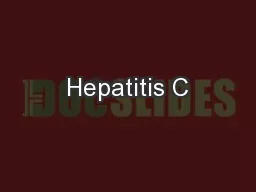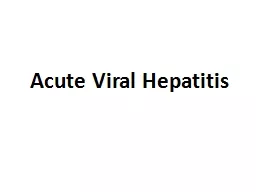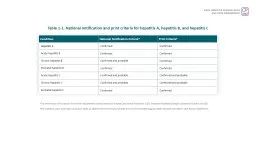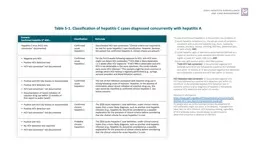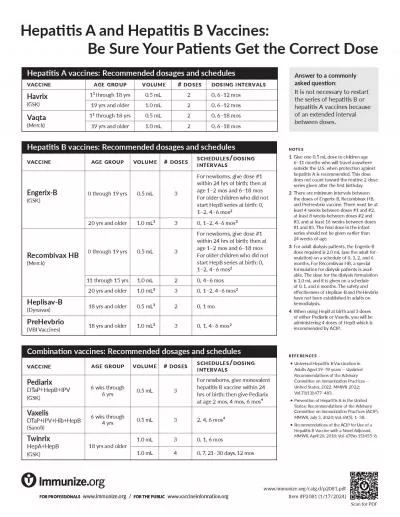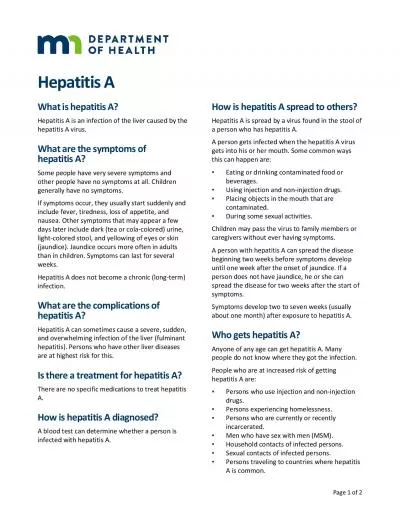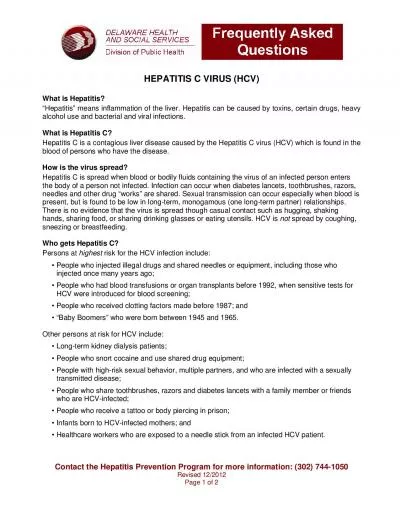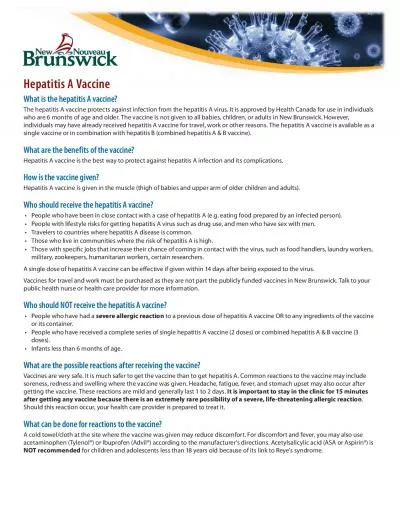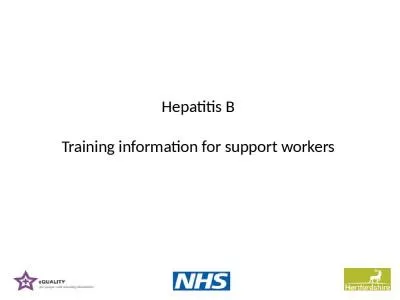PPT-Hepatitis C Imtiaz Alam, M.D.
Author : olivia-moreira | Published Date : 2019-01-28
Medical Director Austin Hepatitis Center 1 Hepatitis C amp PCPs 2 LACK OF AWARENESS LACK OF APPROPRIATE ACTION Expand Quantitative Landscape Study Oct 2013 Gilead
Presentation Embed Code
Download Presentation
Download Presentation The PPT/PDF document "Hepatitis C Imtiaz Alam, M.D." is the property of its rightful owner. Permission is granted to download and print the materials on this website for personal, non-commercial use only, and to display it on your personal computer provided you do not modify the materials and that you retain all copyright notices contained in the materials. By downloading content from our website, you accept the terms of this agreement.
Hepatitis C Imtiaz Alam, M.D.: Transcript
Download Rules Of Document
"Hepatitis C Imtiaz Alam, M.D."The content belongs to its owner. You may download and print it for personal use, without modification, and keep all copyright notices. By downloading, you agree to these terms.
Related Documents

